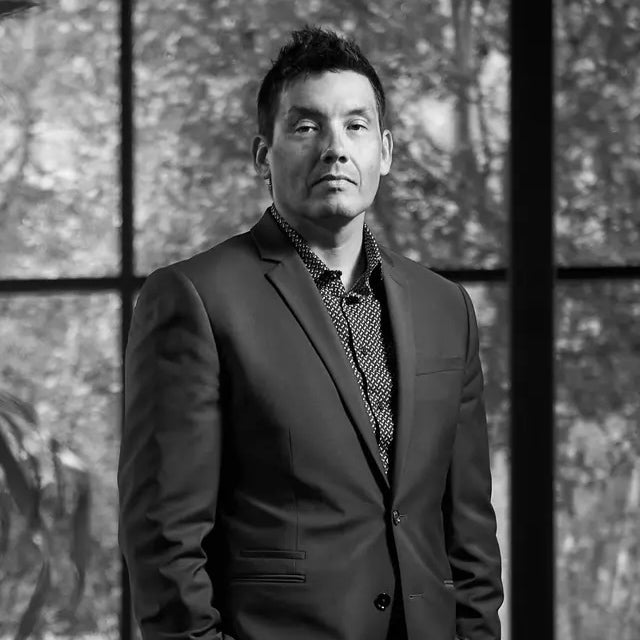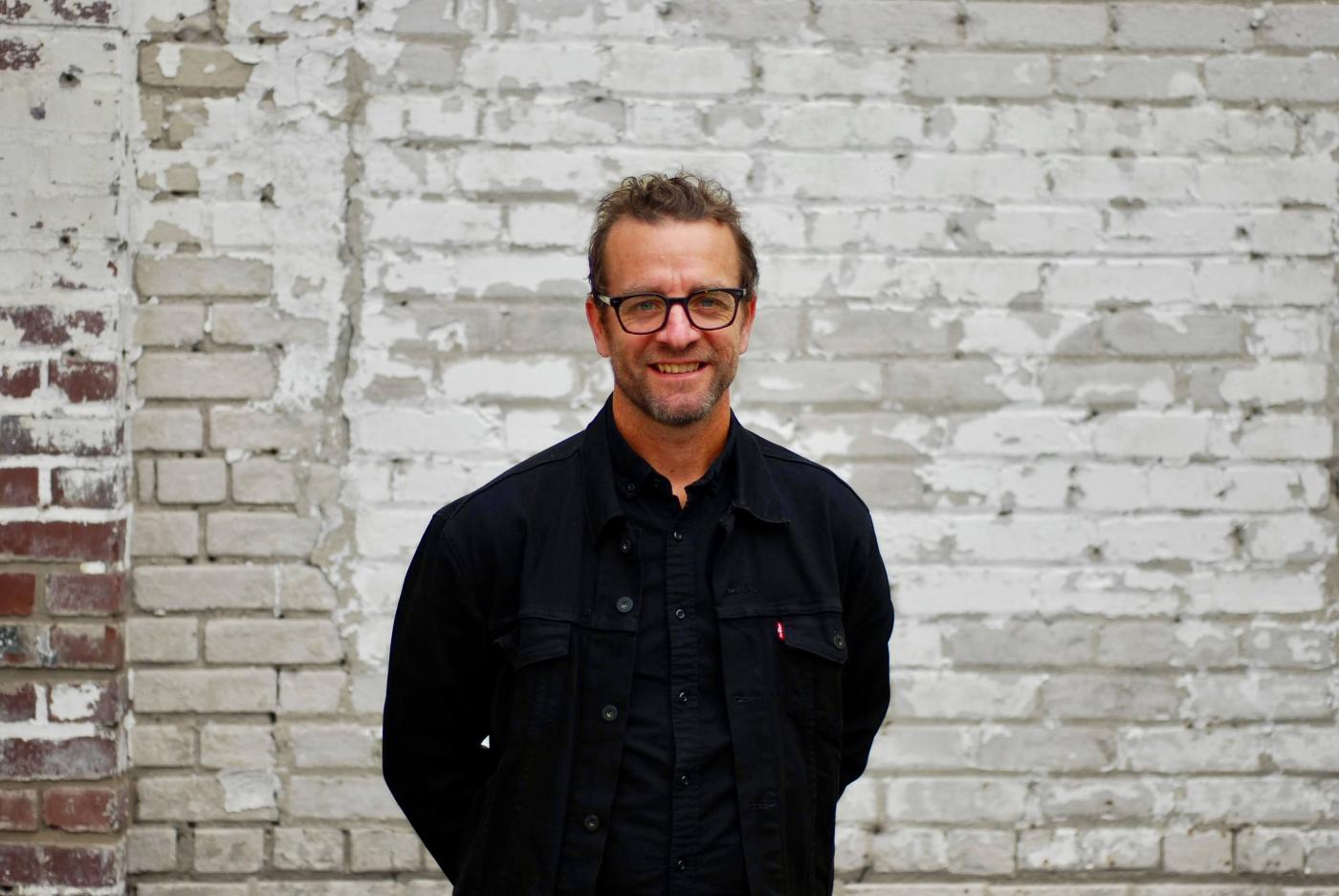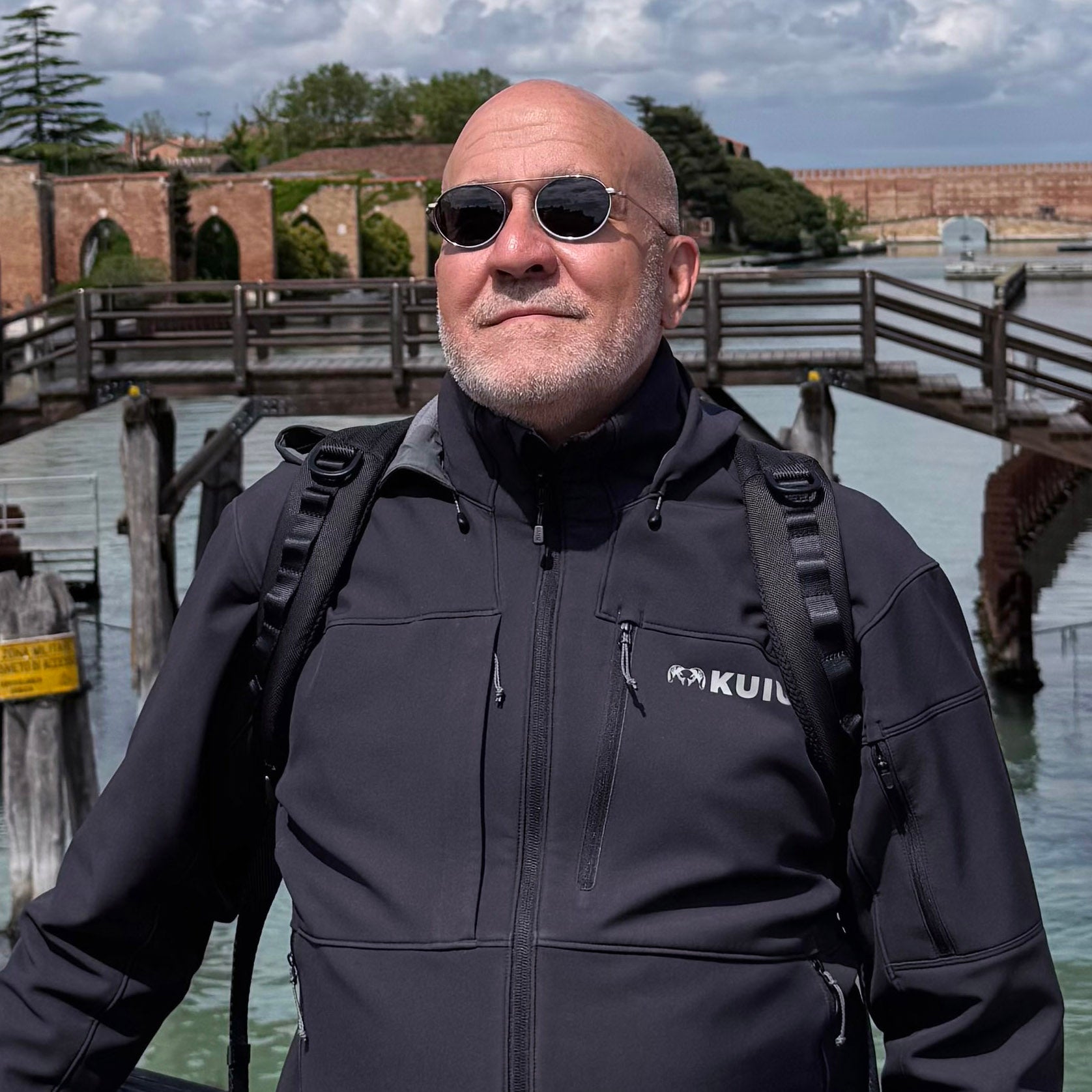
Alum in Action: Ross Altheimer on TEN x TEN and why Design Matters

Ross Altheimer (MArch and MLA '04)
Co-Founder, TEN x TEN
TEN x TEN, the studio of alumnus Ross Altheimer (MArch and MLA '04) was recently spotlighted by the Architectural League's annual Emerging Voices program.
The award recognizes North American individuals and firms with distinct design voices that have the potential to influence the disciplines of architecture, landscape architecture, and urban design. "The work of each Emerging Voice represents the best of its kind and addresses larger issues within architecture, landscape, and the built environment."
We asked Altheimer, who co-founded TEN x TEN with Maura Rockcastle in 2015, to share more about the studio's approach, guiding principles and a few notable projects.

You describe TEN x TEN’s work as demonstrating a deep respect for place and belief that design can affect positive change in our environments, through co-creation. Can you share more about how the studio approaches its work?
Yes, this is so important, there are three things that are critical to our approach.
Deep Respect for Place_
We don’t ever assume we know anything about a place or community when we begin working so we go in with an open mind and heart and engage with people and places where they are. We bring a strong sense of curiosity and compassion as well into these places, we listen, engage and bring a whole suite of methods for knowing and engaging leverage these findings through the rest of the process.
Practice and make space for co-creation_
We model co-creation within our office, with our collaborators and with the communities we are working within.
We believe that good ideas can come from anyone at anytime. Things like respect, trust, deep listening and compassion are critical to creating space for co-creation so those are all active things to practice.
Belief that design can effect positive change_
We approach all projects with the belief that we can effect positive change; within the process and within the communities or organizations we are working with, through the work itself that it sets in motion new frameworks, and in the impact of the work after completion.
The Emerging Voices program highlighted a few notable TEN x TEN projects, including Mill 19, Rondo Commemorative Plaza, and the Tri-Faith Commons.
Tell us about the design ideas that guided the Mill 19 project.
Mill 19 is a 5-acre adaptive reuse project using reclaimed materials that features an event plaza, stormwater channel, disturbance-adapted gardens, and public gathering spaces in Pittsburgh.
Mill 19 was the project that launched TEN x TEN — we had submitted the RFP response a few weeks before we quit our jobs and found out the next day that we had won. It was also an amazing collaboration with DIRT STUDIO, Professor Emerita Julie Bargmann's studio (Go UVA!).


Some of the core needs and design responses came from multiple site visits and team collaboration where it became apparent we needed to be addressing the scale of this ¼ mile long, now abandoned, steel rolling mill. We needed to honor the legacy of the site's use as a steel mill and the intertwined history of the Hazelwood community who spent hours working on this site. The site operated as critical infrastructure for the future of the development.
We discovered that many of the exploratory methods that we employed really paid off through the various phases of design and construction - plaster casts, careful catalog and inventory of the existing materials onsite to be reused, the challenges and opportunities of working so intimately with a site/place where you are an outsider and having awesome collaborators makes everything better!

You are also professor of architecture and landscape architecture at the University of Minnesota. How does your teaching and practice intersect?
I am an adjunct professor at the University of Minnesota College of Design and have taught in a variety of formats and in both the College of Architecture and Landscape over the last 15 years or so. This has given me the opportunity to be in community with so many amazing faculty and students since I moved here 20 years ago who have inspired and influenced my work.
There are so many ways in which teaching and practice intersect. Early on in the practice we were part of a group called MINN – LAB that was a mix of Architecture, Landscape and Computer Science students and faculty where we were exploring co-creating immersive installations through data-physicalizations that really help us to experiment with collaborative methods, experience and interpretive environments which has had a huge impact on our work.
In the studios and workshops I have been teaching, we focus on the role of process-based experimental methods as generative in the design process which runs parallel to how we work in the office so that is a rich territory that continues to feed us across teaching and practice.
TEN X TEN's Co-Founder Maura Rockcastle and I have been co-teaching which has been an awesome extension of our intellectual dialogue and creative practice. It is so fun to have 15 projects happening simultaneously that we can share a conversation around. And half of our office are UMN grads so that has been a really important intersection of teaching and practice.
If you take a moment to look back, what do you continue to take with you into your professional life from your time as a student at the A-School?
One of the primary lessons was the importance of spending time on site to get to know a place and community, and that research can support a way in to deeper knowing. All of the studios I took at UVA emphasized site visits and research, and those translations formed the basis of the project.
Another important lesson is around critical collaboration, the value and necessity of working together and, how if committed to and done right, can produce amazing and transformative results. I had the opportunity to work with great teams pulling together symposia, engaging in studio and faculty research, and working on the Solar Decathalon.
And finally:
Design Matters: this ties back into the first question you had around TEN x TEN's approach.
The optimism around design’s capacity to catalyze positive change became apparent to me in graduate school both in the spirit and culture of the faculty and students.
This continues to be reinforced when I see all of the amazing work of my cohort and students, and in the evolution of the school that continues to hold this premise as foundational.


